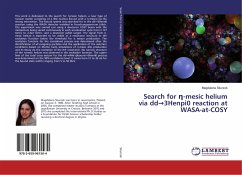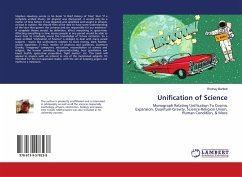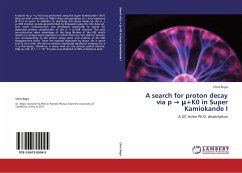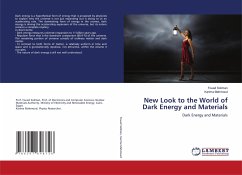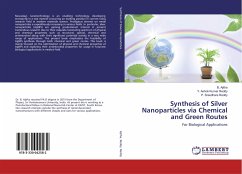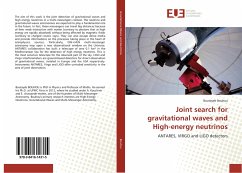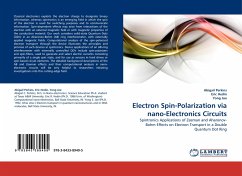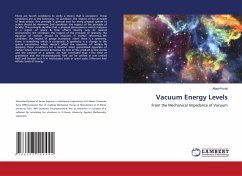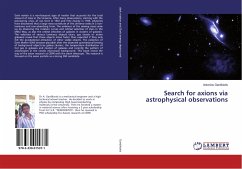
Search for axions via astrophysical observations
Versandkostenfrei!
Versandfertig in 6-10 Tagen
53,99 €
inkl. MwSt.

PAYBACK Punkte
27 °P sammeln!
Dark matter is a non-baryonic type of matter that accounts for the total amount of mass in the Universe. After many observations, starting with the pioneering ones, of Jan Oort in 1932 and Fritz Zwicky in 1933, physicists have discovered that a large mass constitute of the Universe exists in a non-luminous and non-absorbing form. The evidence of the missing mass came up by observing the rotation curves and orbital velocities of stars in the Milky Way, as also the orbital velocities of galaxies in clusters of galaxies. The velocities of various luminous objects (stars, gas clouds or entire gala...
Dark matter is a non-baryonic type of matter that accounts for the total amount of mass in the Universe. After many observations, starting with the pioneering ones, of Jan Oort in 1932 and Fritz Zwicky in 1933, physicists have discovered that a large mass constitute of the Universe exists in a non-luminous and non-absorbing form. The evidence of the missing mass came up by observing the rotation curves and orbital velocities of stars in the Milky Way, as also the orbital velocities of galaxies in clusters of galaxies. The velocities of various luminous objects (stars, gas clouds or entire galaxies) reveal that these objects move faster than expected if they only felt the gravitational attraction of other visible objects. The existence of Dark Matter (DM) became plausible after the observed gravitational lensing of background objects by galaxy clusters, the temperature distribution of hot gas in galaxies and clusters of galaxies and recently the pattern of anisotropies in the cosmic microwave background. This book reveal the way of the axion research at CERN with the axion telescope. The research is focused on the axion particle as a strong DM candidate.



